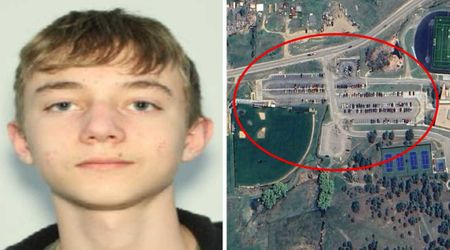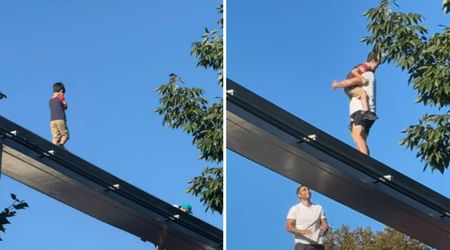Black Hawk crew may have had faulty altitude readings, missed control tower calls before DC plane crash

WASHINGTON, DC: Investigators are looking into the possibility that the Black Hawk helicopter pilots may not have received a critical directive from air traffic control in the moments before their deadly crash with an American Airlines jet on January 29, which killed all 67 people aboard both aircraft.
According to National Transportation Safety Board (NTSB) chairwoman Jennifer Homendy, the Black Hawk was directed to pass behind the American Airlines plane just 17 seconds before the collision.
Incomplete radio communication may have caused the DC plane crash.
— Ali Shunnaq (@schunnaq) February 15, 2025
NTSB Chair Homendy notes a 0.8-second mic interruption and conflicting data in the investigation.#PlaneCrash #DC #NTSB #AviationSafety #UnitedStates #BreakingNews pic.twitter.com/zK5dzjqfvl
Investigation reveals Black Hawk crew may have missed key air traffic instruction
“The portion of the transmission that stated ‘pass behind’ may not have been received by the Black Hawk crew,” Jennifer Homendy said at a recent news conference.
Exclusive: CNN obtains videos showing new angles of DC plane crash.
— Juan Torres (@juanpodcast1) January 31, 2025
Two newly obtained videos shared by CNN offer fresh perspectives on Wednesday night’s midair collision over Washington, DC. The footage captures both aircraft heading toward each other before a devastating… pic.twitter.com/FXSpGu5un8
She explained that the Black Hawk pilots likely “stepped on” the communication by pressing the mic in an attempt to respond to air traffic control, which may have interfered with their reception of the instruction, the New York Post reported.
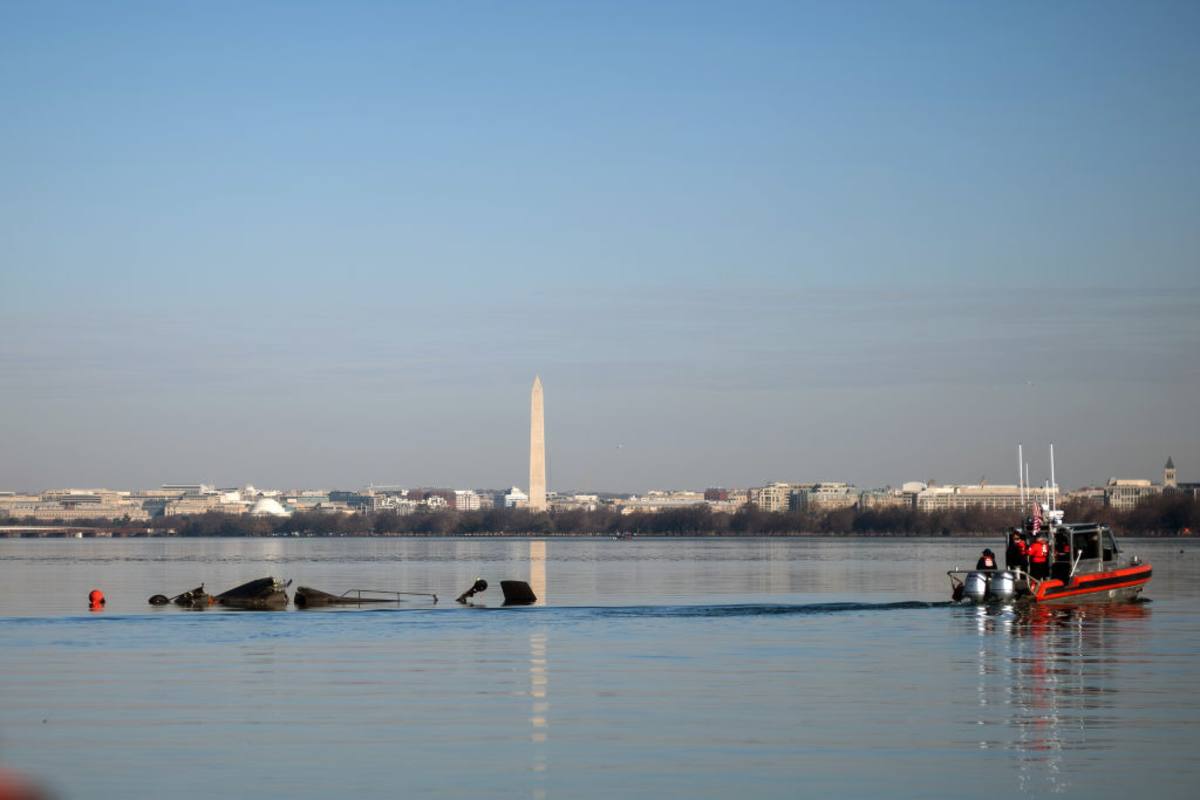
Investigators also found that the Black Hawk crew may not have clearly heard that the American Airlines flight was "circling" in Washington, DC airspace at the time.
The tragic crash occurred just before 9 pm when the Black Hawk collided with American Airlines Flight 5342, which was en route to Reagan National Airport from Wichita, Kansas.
The fiery collision sent both aircraft plunging into the Potomac River, marking the deadliest US air disaster since 2001.

Adding to the complexity of the investigation, there was an apparent discrepancy between two of the three Army pilots regarding the altitude they were flying at. The Black Hawk helicopter was well above the 200-foot limit for that location.
According to cockpit recordings, at one point, the helicopter’s pilot announced they were flying at 300 feet, but the instructor pilot was also heard saying they were at 400 feet.
NTSB investigates potential data issues and altitude discrepancies
Jennifer Homendy confirmed that the Black Hawk was flying at 278 feet at the time of the crash.
However, she noted, "That doesn’t mean that’s what the Black Hawk crew was seeing on the barometric altimeters in the cockpit.”
Investigators are looking into the possibility of "bad data" contributing to the confusion over altitude.
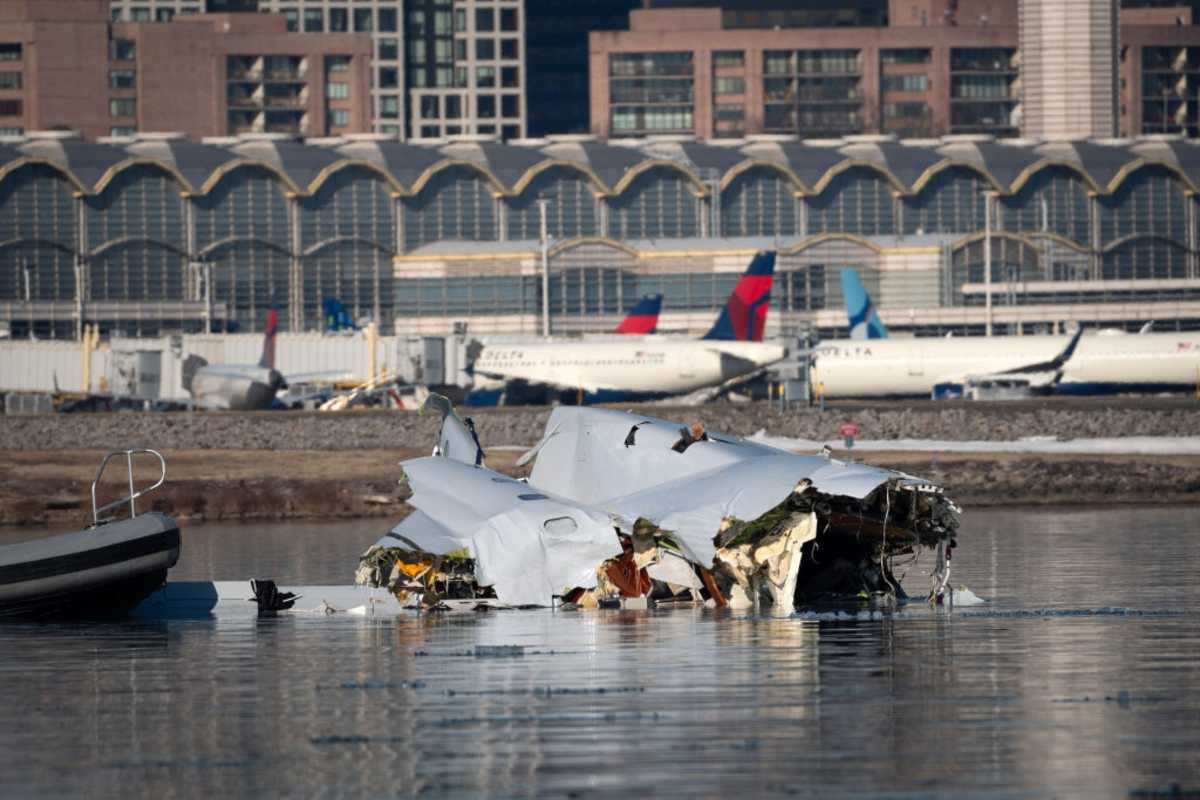
Because of the conflicting data, the NTSB has not yet released the Black Hawk’s altitude for the entire route. Despite completing the “on scene” phase of the investigation, studies are still underway to determine exactly what the Black Hawk pilots saw before the collision.
Homendy also stated that the helicopter crew likely did not know that a crash was imminent. The pilot of the Black Hawk was on a check flight and being tested on the use of night vision goggles. Investigators believe the crew was wearing the goggles throughout the flight.
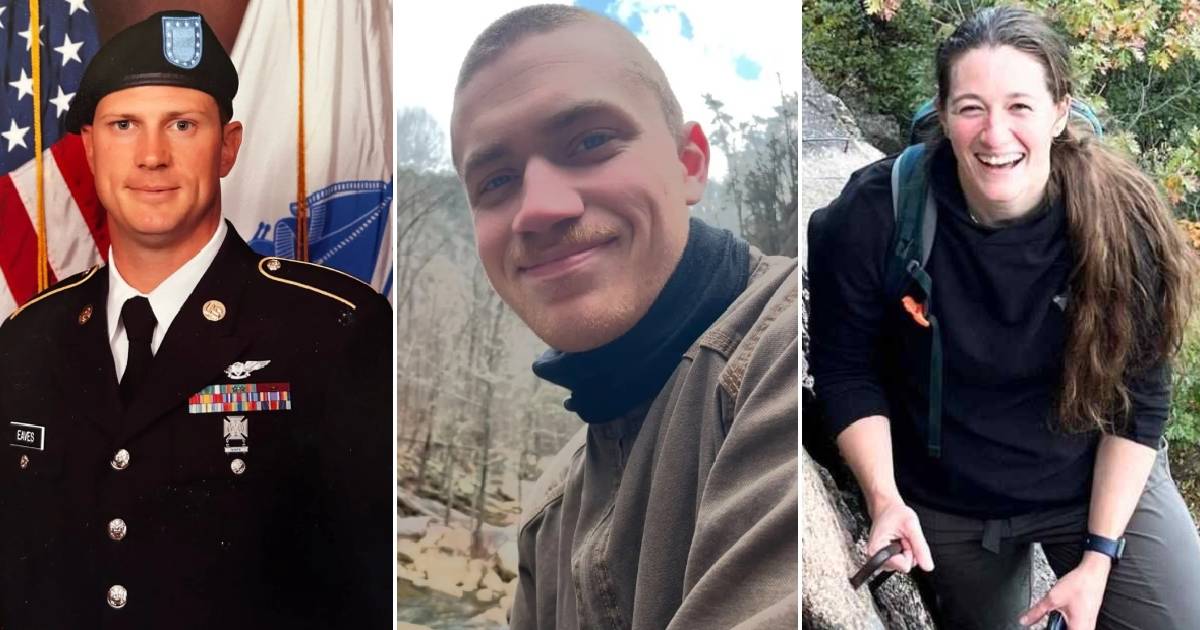
According to The Post, if they had wanted to remove the goggles at any point, a discussion would have been necessary, but cockpit recordings do not show any indication of such a conversation.
Furthermore, the NTSB had earlier revealed that the pilot of the American Airlines plane may have attempted a last-second maneuver to avoid the collision.
The investigation is still ongoing as authorities work to piece together the final moments leading up to the crash.

